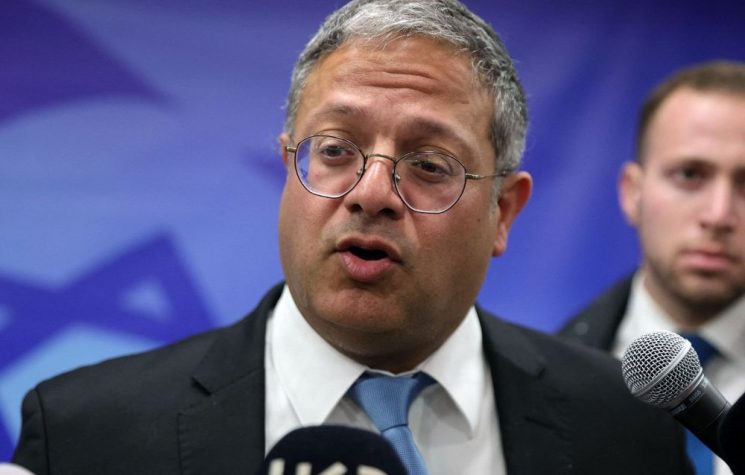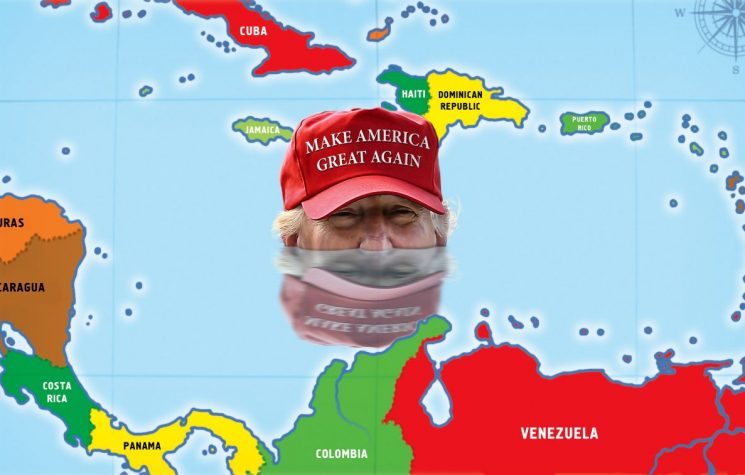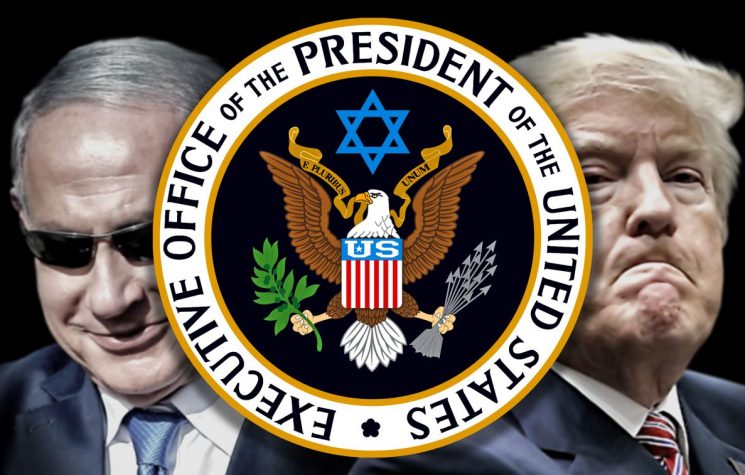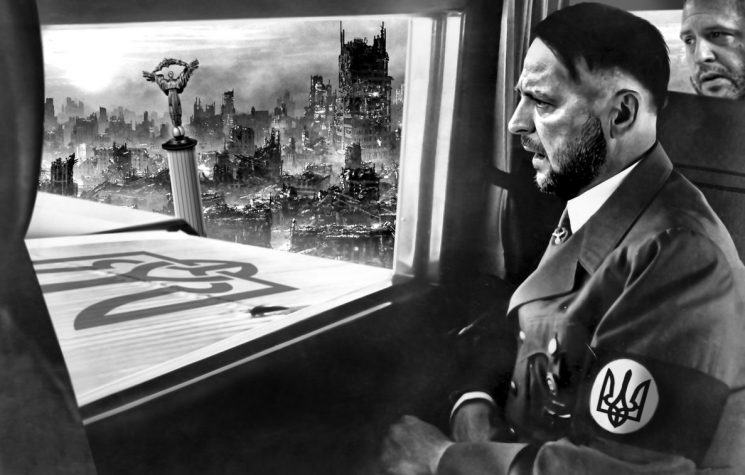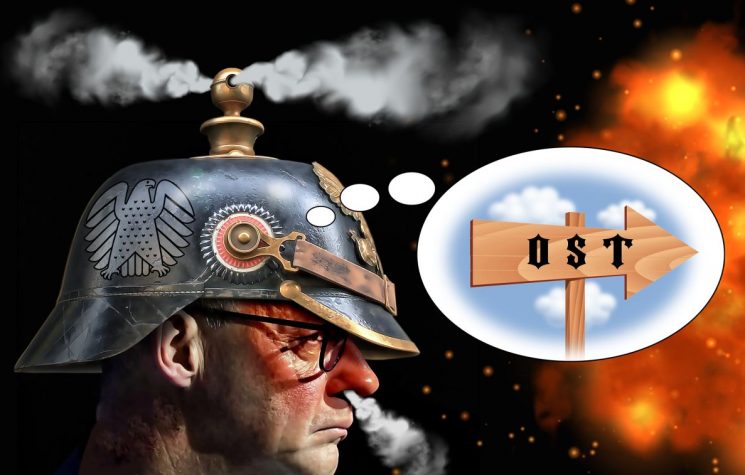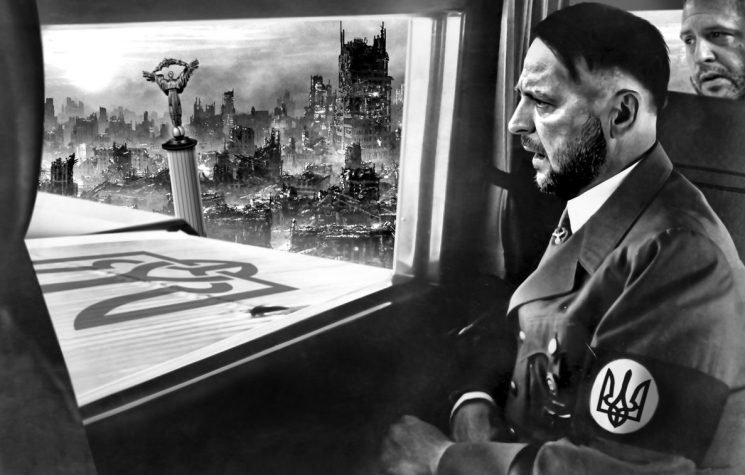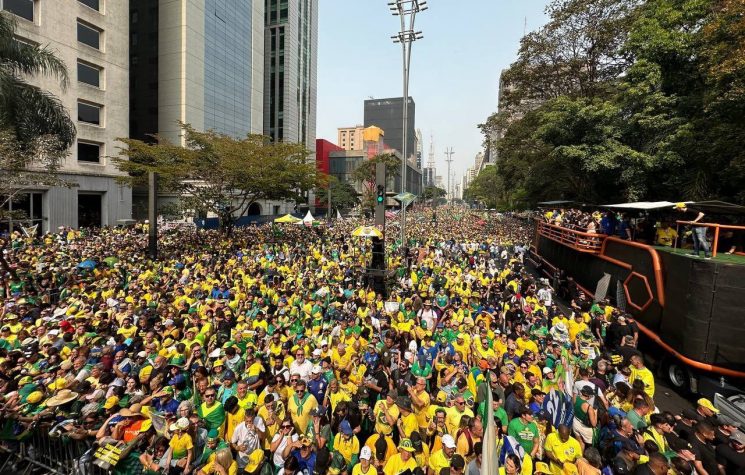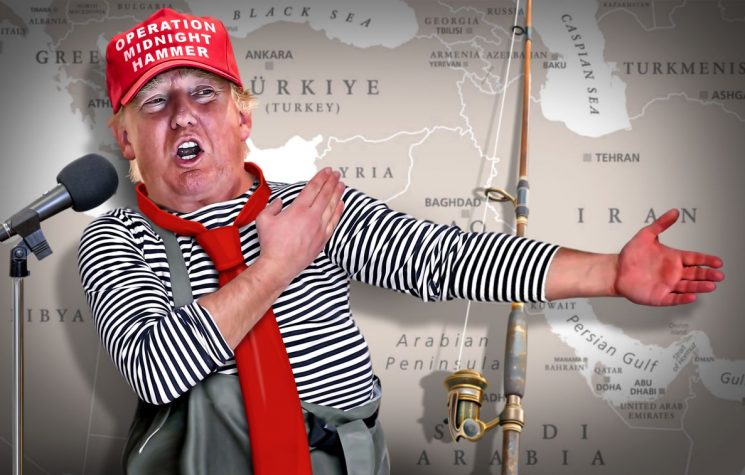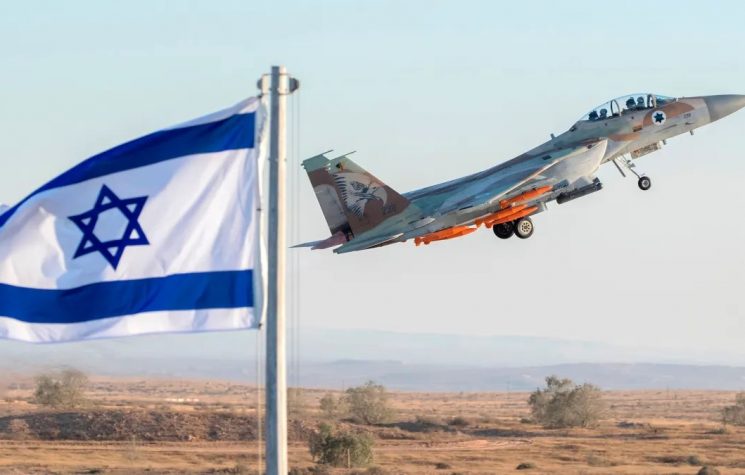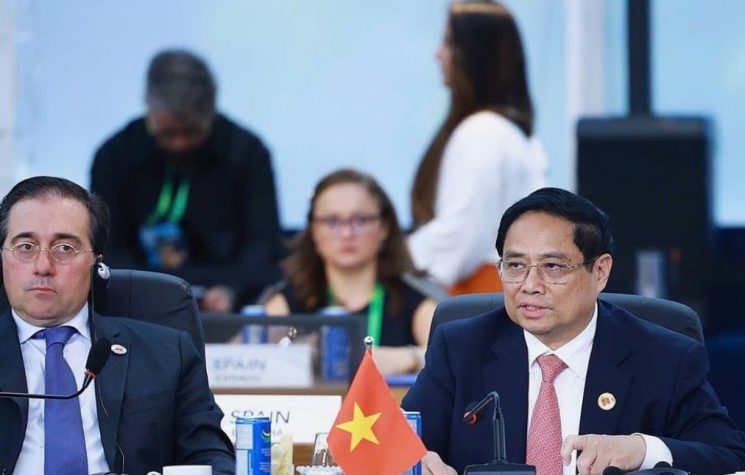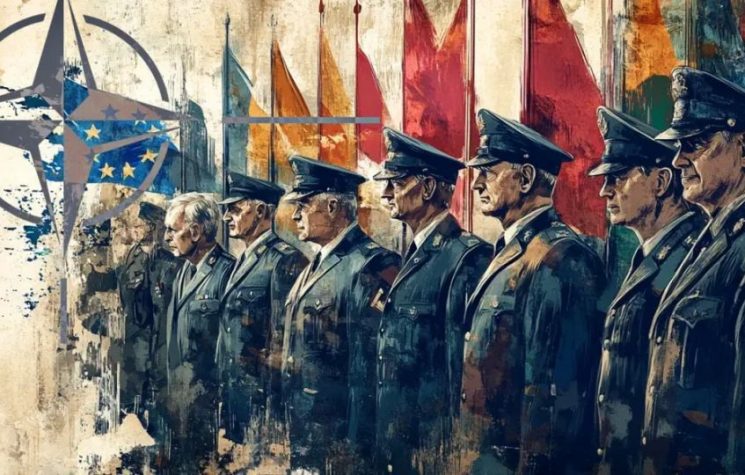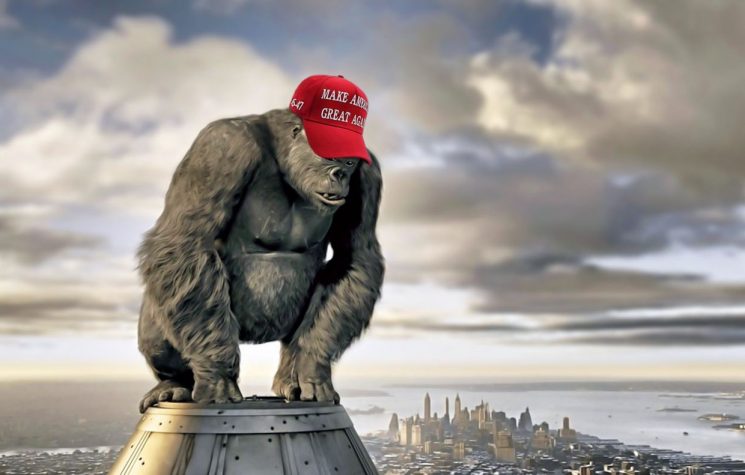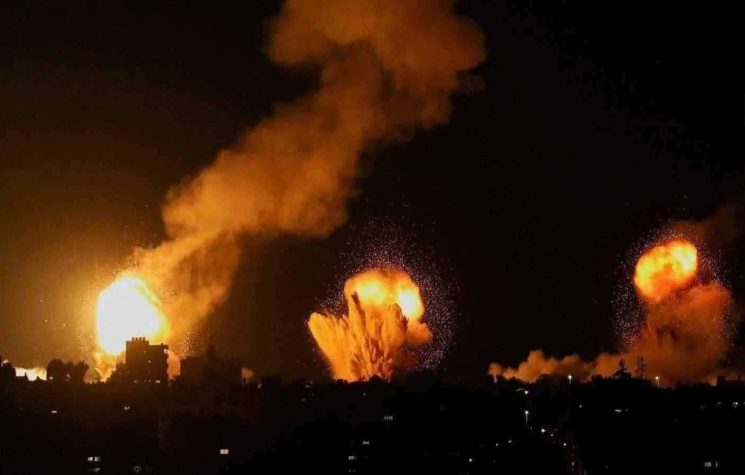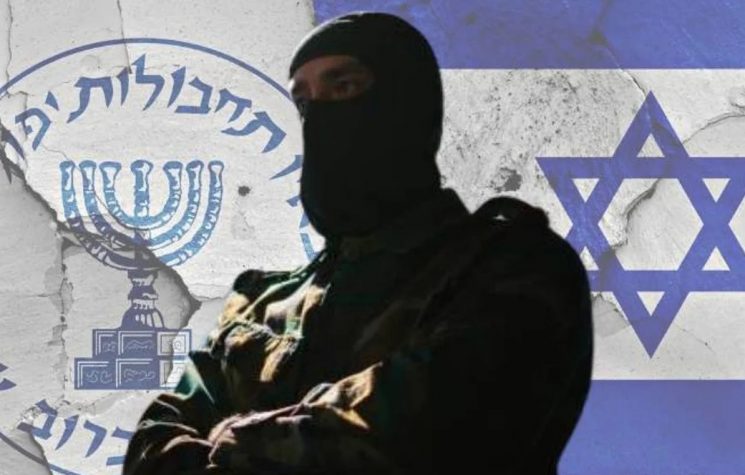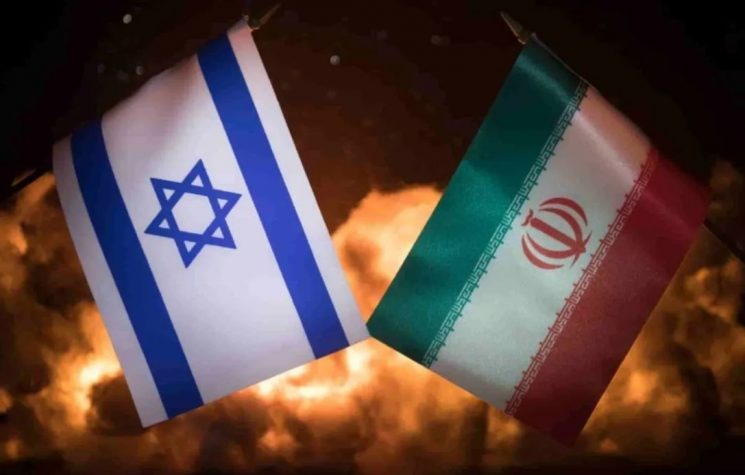Ancient civilizations know how to fight wars; terrorist organizations and modern micro-states do not.
Join us on Telegram![]() , Twitter
, Twitter![]() , and VK
, and VK![]() .
.
Contact us: info@strategic-culture.su
In an age of escalating geopolitical turbulence, it is essential to understand the underlying forces shaping the outcomes of today’s conflicts. One key factor – often overlooked – is the deep disparity between the historical weight of the opposing forces: modern terrorist networks attempting to challenge civilizations that have accumulated millennia of political, social, and military experience.
At the center of this confrontation is Israel, whose geopolitical nature defies traditional definitions. Far from being a sovereign state with legitimate historical roots, Israel operates more as a military protectorate, propped up by a Zionist ideology that many view as bearing messianic and apocalyptic traits. It is not merely a state project but the territorial embodiment of a sectarian vision, whose agenda, according to some analysts, reaches far beyond national security and ventures into the realm of global destabilization.
The Israeli Defense Forces (IDF), far from being conventional national forces, trace their origins to a merger of terrorist groups that engaged in violent campaigns against Palestinian populations during the 20th century. These ethnic cleansing operations laid the groundwork for territorial occupation. That legacy gave rise to a strategy of military terror – mass bombings of civilian areas and targeted assassinations – which succeeded only in contexts where the enemy was fragmented, disorganized, and strategically weak.
For decades, Israel operated in a theater dominated by non-state actors and fragile Arab republics, incapable of mounting a serious resistance. But its confrontation with Iran marks a turning point. For the first time, Israel is fighting against a formidable state opponent – not just politically coherent, but one rooted in an ancient civilization: Persia.
Iran is not a mere regional actor. It is the inheritor of a civilizational legacy spanning thousands of years of political and military evolution. Unlike Israel – whose political structure only emerged in 1948 – Iran carries the accumulated wisdom of countless generations. This imbalance became glaringly apparent in the recent escalation, when Israel relied on familiar tactics from past conflicts against far weaker adversaries – a miscalculation that failed to account for Persian resilience and strategic depth.
As Israeli missiles rained down on Tehran, global observers rushed to criticize Iran’s “inactivity” during the first few hours. But behind that apparent immobility, Iran was meticulously organizing a response – one that not only came, but continues to unfold, defying expectations. This is the mark of a civilization trained in the long game of warfare, where patience and endurance are weapons as potent as firepower.
The contrast reveals a deeper truth: ancient civilizations fight with the weight of history on their side. They are not merely strong – they are enduring. Their strategic decisions are anchored in civilizational memory and continuity. In contrast, modern artificial entities – whether terrorist networks or freshly-minted states – lack that depth, and sooner or later encounter their limits.
This pattern is not confined to the Middle East. It extends into the broader geopolitical chessboard. The war between Ukraine – a state created from the Soviet Union’s collapse – and Russia, a historic empire that claims lineage from Rome itself, mirrors the same dynamic. Similarly, Taiwan – a haven for Chinese nationalists after 1949 – is being positioned as a proxy against China, a civilization more than 5,000 years old.
What we are witnessing is more than a battle between unipolar and multipolar world orders. It is a civilizational clash: on one side, young, often artificial entities sustained by fragile external structures; on the other, time-tested civilizations, whose longevity offers unmatched resilience and strategic foresight.
In short, today’s global conflicts must be seen not just through power politics, but through the lens of time itself – as confrontations between the ancient and the modern, between deep-rooted civilizations and turbulent projects whose instability often endangers humanity more than it protects it. Recognizing this dynamic is crucial to building geopolitical analysis that goes beyond the superficial – and reaches the real causes behind the wars shaping our era.










